French Fauna
Zwierzęta Lazurowego Wybrzeża
Animals of French Azure Coast

Zwierzęta Wodne
Sea Animals
Charakterystycznym dla tej krainy gatunkiem są żółwie. Występują w lasach, często można spotkać je w przydomowych ogródkach, o czym pisaliśmy już w jednym z poprzednich postów. Jeden z naszych rówieśników z francuskiej szkoły w Le Muy twierdzi, że występują one tak często, że niestety zdarza się przejeżdżać je samochodem.
A characteristic species for this land are turtles. They occur in forests, you can often meet them in home gardens, which we have already written about in one of the previous posts. One of our friends from the French school in Le Muy claims that they occur so often that unfortunately it happens to pass them by car.
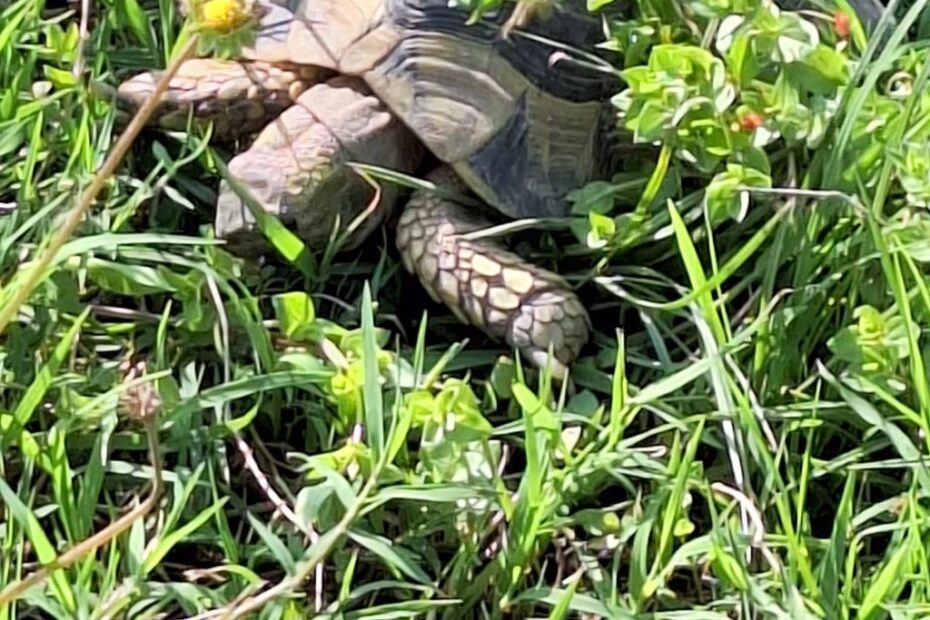
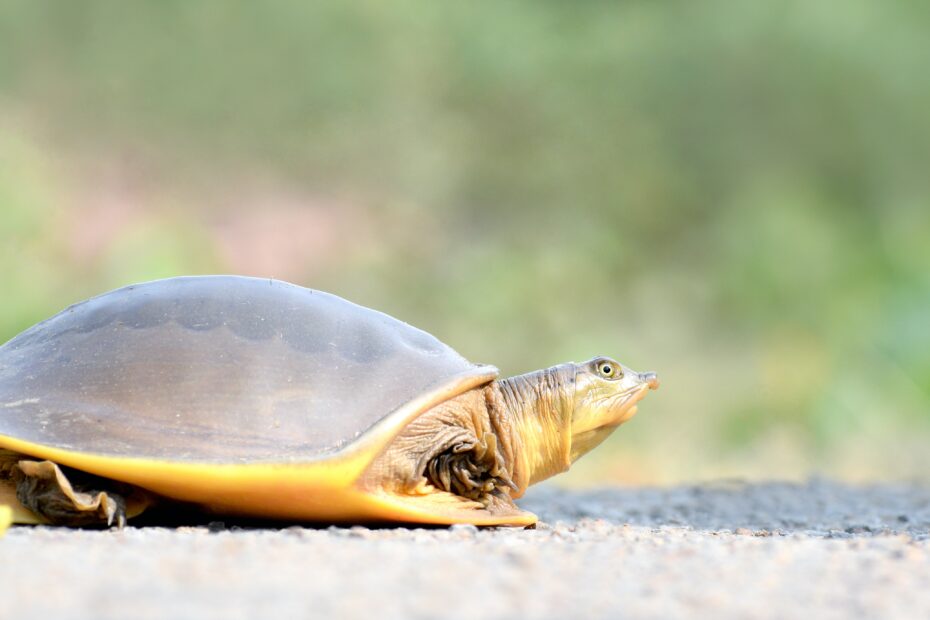
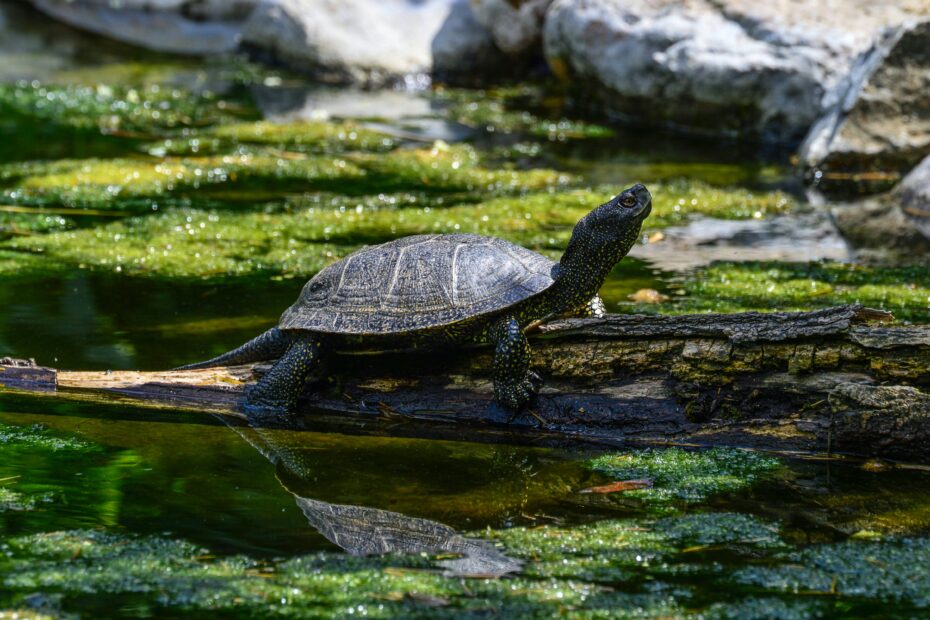

Kolejnym śródziemnomorskim klasykiem są krewetki. Te niewielkie skorupiaki bardzo często goszczą na talerzach turystów, którzy chętnie próbują tutejszych przysmaków.
Another Mediterranean classic is shrimp. These small crustaceans are very often hosted on the plates of tourists who are eager to try the local traditional delicacies.

Kalmary należą do rodziny kałamarnic. Mają wydłużone ciało zakończone mackami. Niektóre kalmary osiągają nawet do kilku metrów długości. W gastronomii serwowane są mniejsze okazy. Można podawać je grillowane lub smażone.
Langustyny są podobne do homarów, lecz nieco drobniejsze. Występują w basenie Morza Śródziemnego, a także w Oceanie Atlantyckim. Ceni się je ze względu na właściwości zdrowotne. Zawierają dobre jakościowo białko, witaminę B i cynk.
Squid have an elongated body ending in tentacles. Some squid reach up to several meters in length. In gastronomy, smaller specimens are served. They can be served grilled or fried.
Langoustines are similar to lobsters, but slightly smaller. They are found in the Mediterranean, as well as in the Atlantic Ocean. They are valued for their health properties. They contain good quality protein, vitamin B and zinc.

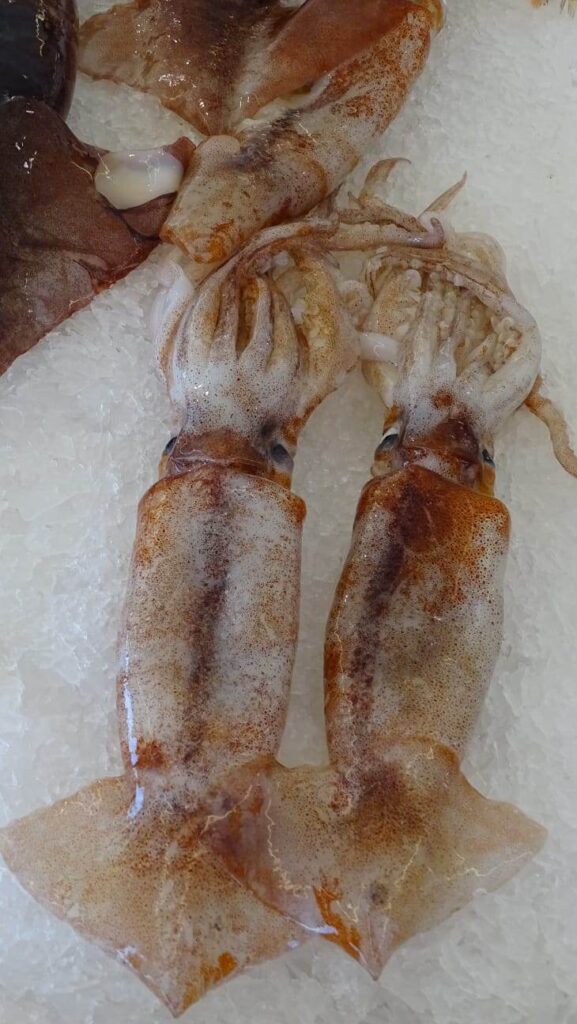
Langustyny są podobne do homarów, lecz nieco drobniejsze. Występują w basenie Morza Śródziemnego, a także w Oceanie Atlantyckim. Ceni się je ze względu na właściwości zdrowotne. Zawierają dobre jakościowo białko, witaminę B i cynk.
Langoustines are similar to lobsters, but slightly smaller. They are found in the Mediterranean, as well as in the Atlantic Ocean. They are valued for their health properties. They contain good quality protein, vitamin B and zinc.
Francja kojarzy się ze ślimakami, przez upodobania kulinarne mieszkańców kraju. Występują one w ogródkach, na polanach oraz przy wybrzeżu. Niektóre gatunki żyją także w wodzie. Posiadają charakterystyczne stożkowate muszle. Mięczaki te preferują nocny tryb życia, po to by unikać wysokich temperatur. Posiadają one duży wpływ na tutejszy ekosystem, ponieważ są pokarmem dla ptaków i żab.
France is associated with snails, due to the culinary tastes of the country’s inhabitants. They occur in gardens, on glades and by the coast. Some species also live in water. They have characteristic shells. These mollusks prefer a nocturnal lifestyle in order to avoid high temperatures. They have a big impact on the local ecosystem, because they are food for birds and frogs.



Meduzy to bezkręgowce z rodziny parzydełkowców o przezroczystym ciele w kształcie parasola. Przed drapieżnikami chronią się dzięki swoim niciom, w których znajduje się trucizna atakująca ofiary, bądź napastników.
Jellyfish are invertebrates of the family of arthropods with a transparent umbrella-shaped body. They protect themselves from predators thanks to their threads, in which there is poison attacking victims or attackers.
Znane w Polsce mewy, latają także w nadmorskich terenach południowego brzegu Francji. Są tutaj oswojone z ludźmi, przez co można podejść do nich bardzo blisko i zrobić świetnie prezentujące się zdjęcia.
Seagulls known in Poland also fly in the coastal areas of the southern coast of France. They are familiar with people here, so you can approach them very close and take great pictures. (See photo below.)

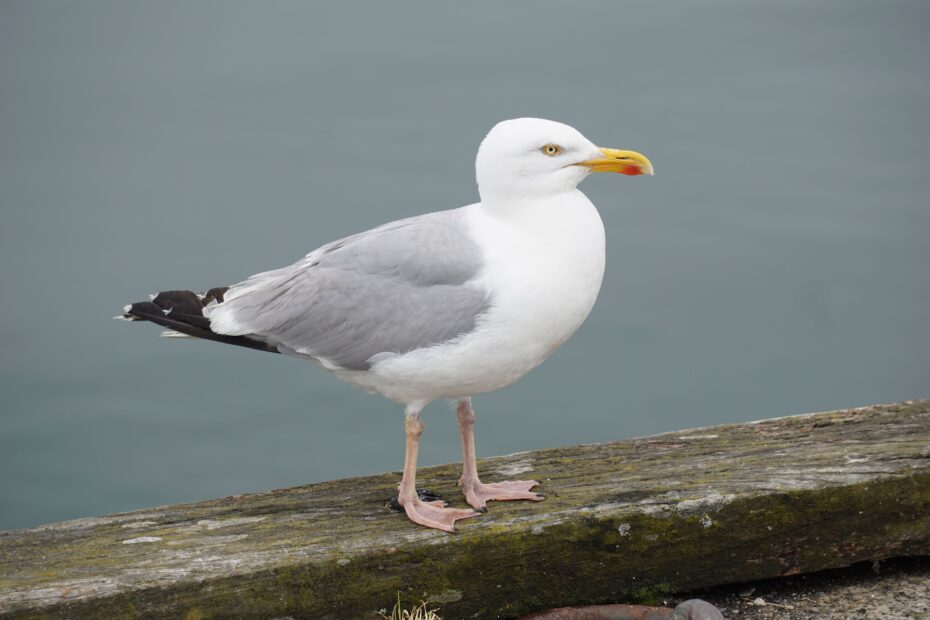

Zwierzęta Lądowe
Land Animals
Kolejną kategorią zwierząt omawianych w tym poście, są zwierzęta polne i leśne. Najpopularniejszymi stworzeniami z tej grupy są dziki. Te dosyć groźne zwierzęta, zwykle nie atakują ludzi. Mogą odwiedzać osiedla, czy podwórka mieszkańców spokojniejszych miejscowości, w celu znalezienia pożywienia. Zazwyczaj zamieszkują tereny leśne, bagna bądź tereny wiejskie.
Another category of animals discussed in this post are field and forest animals. The most popular creatures of this group are wild boars. These quite dangerous animals usually do not attack people. They can visit settlements or courtyards of residents of quieter towns in order to find food. They usually inhabit forest areas, swamps or rural areas.


Dość powszechnym gatunkiem zwierząt leśnych jest jeleń szlachetny. Ssaki te są obecne na całym świecie, a we Francji występują głównie w lasach, żyją w gęstych zaroślach i na obszarach górskich.
A fairly common species of forest animals is the red deer. These mammals are present all over the world, and in France they are found mainly in forests, live in dense thickets and in mountainous areas.
Następnym omawianym przez nas zwierzęciem jest cykada. Owad ten wydaje charakterystyczny dźwięk, w chwili gdy temperatura wynosi 22-24°C. Wydawany przez nie odgłos może sięgać nawet do 100 decybeli, co odpowiada głośności piły łańcuchowej. Cykady są powszechne w Prowansji, rozwijają się tam dobrze ze względu na suchy i gorący klimat śródziemnomorski. Występują głównie na wsi, ale można je znaleźć w całym regionie. Niestety, cykady są zagrożeniem dla lawendy, o której wspominaliśmy w pierwszym poście. Larwy tych owadów lubią zimować wśród korzeni, przez co je niszczą. Ponadto dorosłe osobniki przekazują szczep bakterii, sprawiający, że rośliny więdną.
The next animal we discuss is the cicada. This insect makes a characteristic sound when the temperature is 22-24 ° C. The sound it makes can reach up to 100 decibels, which corresponds to the volume of a chainsaw. Cicadas are common in Provence, they develop well there due to the dry and hot Mediterranean climate. They are found mainly in the countryside, but can be found throughout the region. Unfortunately, cicadas are a threat to lavender, which we mentioned in the first post. The larvae of these insects like to overwinter among the roots, thereby destroying them. In addition, adult individuals transmit a strain of bacteria, making plants wither.


Jeże, dość powszechne na Lazurowym Wybrzeżu, występują głównie na obszarach wiejskich, w ogrodach, parkach i na terenach zielonych. Są aktywne w nocy, kiedy wychodzą na poszukiwanie pożywienia. W ciągu dnia ukrywają się w zagłębieniach w ziemi lub wśród gęstej roślinności. Jeże pomagają kontrolować populację owadów i innych mniejszych zwierząt.
Hedgehogs, quite common on the Côte d’Azur, are found mainly in rural areas, in gardens, parks and green areas. They are active at night, when they go out in search of food. During the day, they hide in hollows in the ground or among dense vegetation. Hedgehogs help control the population of insects and other smaller animals.


Pszczoły, zapylają rośliny, przyczyniając się do rozwoju owoców, warzyw i innych roślin użytkowych. Są nieocenione dla upraw Lazurowego Wybrzeża, zwłaszcza dla oliwek, winogron, cytrusów i lawendy, stanowiącej jeden z napędów gospodarczych Prowansji. Pszczoły odpowiadają za produkcję miodu, który jest uwielbianym produktem regionalnym. Miejscowi pszczelarze dbają o jakość życia pszczół i utrzymują pasieki, aby otrzymywać produkty najwyższej jakości.
Bees, pollinate plants, contributing to the development of fruits, vegetables and other useful plants. They are invaluable for the cultivation of the Côte d’Azur, especially olives, grapes, citrus and lavender, which is one of the economic drivers of Provence. Bees are responsible for the production of honey, which is a beloved regional product. Local beekeepers take care of the quality of life of bees and maintain apiaries to receive the highest quality products.

Na koniec co nieco o zającach! Te urocze stworzenia są bardzo rzadkie na Lazurowym Wybrzeżu. Występują głównie na terenach wiejskich. Dzieje się tak dlatego, że preferują otwarty, równinny teren, a większość Prowansji zajmują lasy śródziemnomorskie, zarośla i uprawy roślinne.
Finally, something about hares! These cute creatures are very rare on the Côte d’Azur. They are found mainly in rural areas. This is because they prefer open, flat terrain, and most of Provence is occupied by Mediterranean forests, thickets and crop crops.
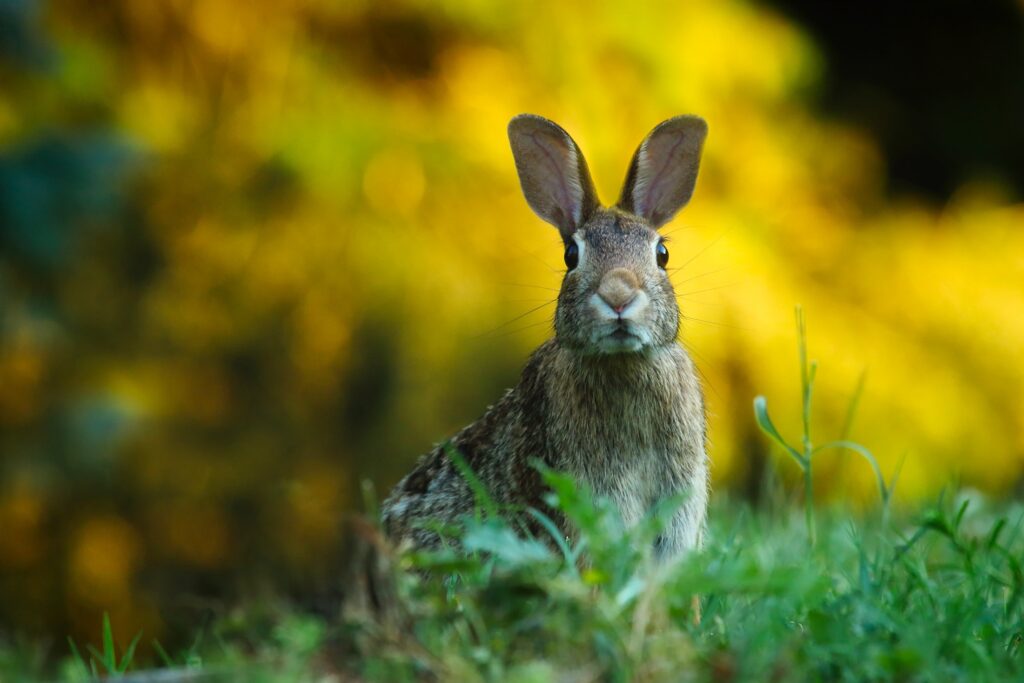
W tym poście to by było na tyle. Jak widać fauna Lazurowego Wybrzeża jest bardzo różnorodna i bogata. Zapraszamy na kolejny post, który będzie opowiada o niespodziankach napotkanych w trakcie trwania naszej przygody.